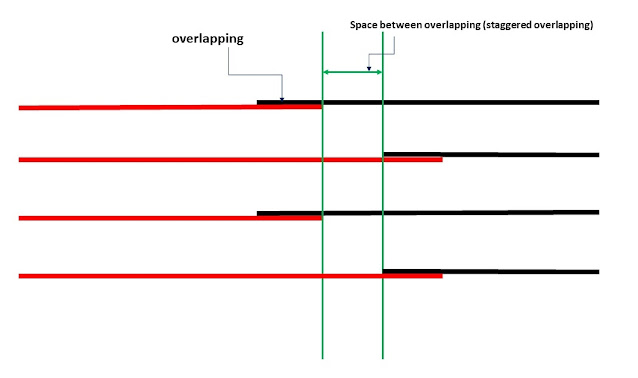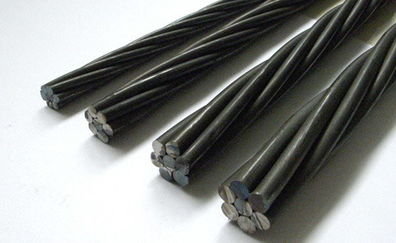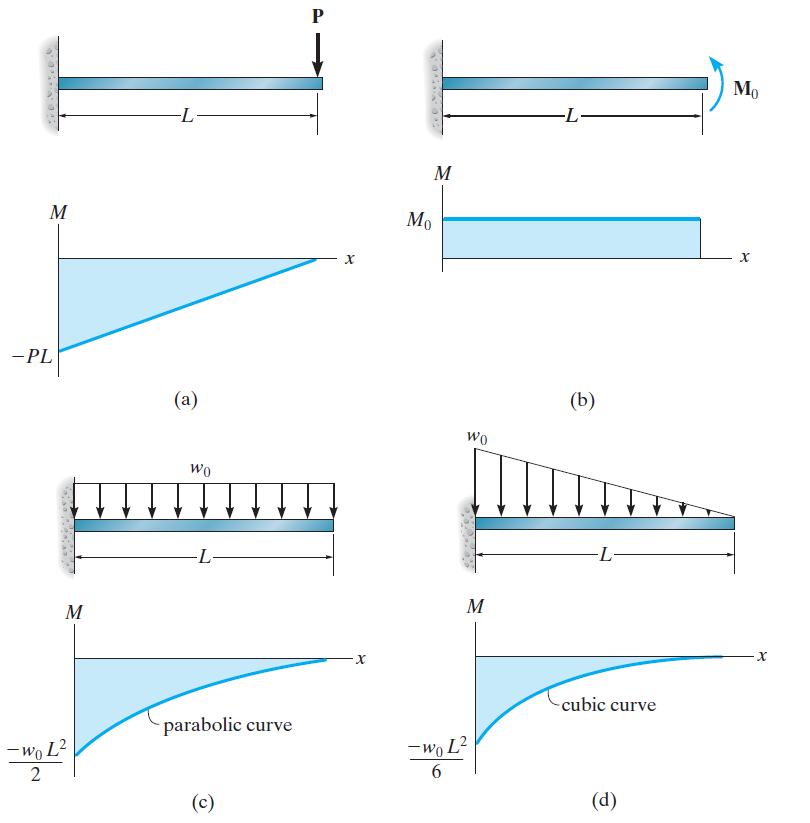Concrete damage-Acid exposure
Acidic materials are the material with Ph lower than 7. material with Ph higher than 7 classified as basic material. Neutral material has a Ph of 7. concrete has a Ph higher than 7, so it is a basic material. Concrete structures that are constructed in the vicinity of the acidic environment, such as mines, will be vulnerable to damage. Drainage water from existing mines has a ph value of about 1. this low ph value will deteriorate and severely damage the concrete quickly. However, the exposure of concrete to a high ph-value of 5 to 6 will also damage the concrete but at a lower rate.


Figure 1
Acidic material will react with concrete cement paste. The cement paste then transferred to calcium salt. The calcium slat will be washed out by the water, and the aggregates will be exposed. The acid damage is similar to abrasion damage, except the aggregates don't have the polished surface. The concrete is a basic material. Therefore it will neutralize the effects of acid at a certain depth. The repairing process of damaged concrete should begin with the removal of the causes of damage. The ph value of the acidic solution can be increased by diluting the acid with water. Diluting the acid solution with water will reduce and delay the adverse effects of acid solution on concrete. Then the damaged concrete should be removed. The removal should include all the concrete affected by acid. Therefore we should remove a bigger area to ensure that all the weak concrete removed. Repairing material will be used to fill the area of removed concrete. The presence of weak concrete will impair the bond between the concrete surface and the repairing material. Therefore all weak concrete should be removed, and the surface should be appropriately prepared to ensure a strong bond. If the acidic solutions cant be eliminated or diluted. Concrete can be coated with polymer concrete as protection from acids.















Comments
Post a Comment